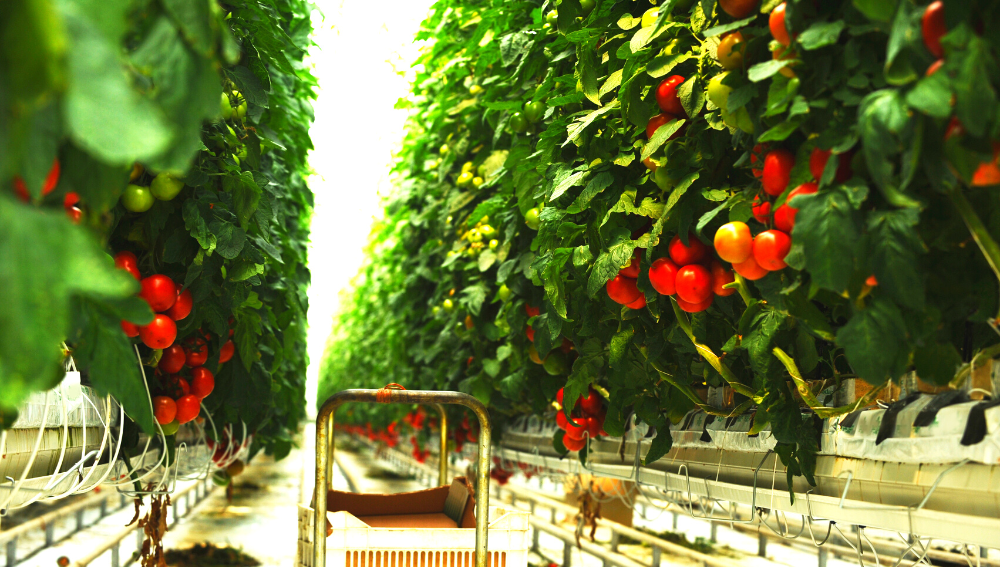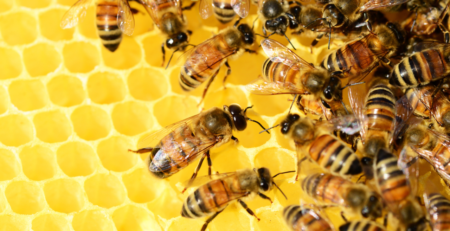Growing your retirement community
Financial times are tough for everybody, including senior citizens. There are ways for community schemes to supplement their levy income. One of which is through advertising income, such as Sectional Title Solutions’ Common Property Advertising Solutions.
In this blog, Independent Consultant, Johan Coetzee discusses another option which is particularly suited for retirement villages — hydroponic farming.
Body corporates of retirement villages are exploring new opportunities to generate extra income. Increasing the bottom line, can help these communities reduce or subsidize levies to assist retirees who struggle to cope financially.
Despite being comparable to a business in many ways, the nature of a body corporate is not necessarily to run at a profit but rather to pay the operating expenses and generate reserves. Most bodies corporate rely solely on levy income to cover their utility bills and day-to-day, maintenance and repair costs.
Yet, there are additional ways to earn extra income. One very attractive opportunity for retirement villages and other gated communities is to build a greenhouse where vegetables can be grown via hydroponics. This can generate a good income and get the owners actively involved.
What is hydroponics?
The word comes from “hydro”, meaning water, and “ponos” meaning labour, often translated as “working water”. It is the practice of growing plants without soil, using only water, nutrients, and a growing medium.
In the absence of soil, water goes to work providing nutrients, hydration and oxygen to grow tomatoes, cucumbers, lettuce, green onions, strawberries, mushrooms, sweet basil and other plants.
When a plant is grown in soil, its roots perpetually search for the necessary nutrients to support it. With hydroponics, the root system is directly exposed to water and nutrients, and the plant does not have to exert energy to sustain itself. Instead, the energy can be redirected into growth, which leads to flourishing leaf growth and the blooming of fruits and flowers.
How does hydroponics work?
Hydroponic systems allow control over environmental conditions like temperature, pH balance and exposure to nutrients and water. Plants are provided with exactly what they need, when they need it.
Nutrient solutions are tailored to the particular plant. You control exactly how much light the plant receives and for how long. At the same time, pH levels can be monitored and adjusted.
The controlled environment reduces many of the risk factors to which plants in fields and soil gardens are exposed. These include fungus in the soil which can spread diseases, pests like locusts, unpredictable weather, mechanical resistance of the soil, and wildlife like rabbits and birds that target ripening fruit.
Commercial opportunities
The plants and/or vegetables can be sold to a restaurant in the estate or the other residents in the estate. Produce like lettuce could be packaged, branded with the name of the estate and sold to the public or restaurants.
Community spirit
Farming creates enthusiasm and opportunities to work towards a common goal, resulting in a sense of belonging, caring, security and trust.
The social interaction and shared productivity build a vibrant community, which is likely to boost the physical and mental health of all involved.
Saving space and water
Hydroponics saves an incredible amount of space compared to traditional soil gardening. The planting pipes are positioned in layers, allowing plants to be placed on top of one another and needing less space.
The traditional soil gardener will dump a substantial amount of water into the soil to hydrate the roots of their plants. A lot of water is lost in the ground or evaporates from the soil. Only a small percentage is used by the plant.
Hydroponics uses a system called a “recirculating nutrient reservoir” which means the plant’s roots will only take up the amount of water they need and leave the rest in the reservoir for later. You can save around 90% of water by switching to hydroponics.
No weeding and no pests
You don’t need to spend time on your hands and knees, weeding! This is a very clean environment. Soil is replaced by one of the common hydroponic growth media, eliminating many soil-borne diseases and pests that plague traditional gardening.
Best of all, most often you can attend to the plants standing upright or slightly bent, which will suit many retirees.
Going green
Using less water already saves a lot of money.
The water pumps and lights in the greenhouse can be powered by solar installations on the roof of the community centre. (Solar installations are offered as part of STS’s Efficient Energy Solutions.)
Focus on gratitude
Starting a hydroponic farming project in your retirement village enables your village to “give back” to the community. If you produce enough vegetables some can even be shared with homeless people or shelters, or a charity of your choice. Helping others is most empowering and deeply rewarding.
Hydroponics has been described as the farming of the future and the beginning of an urban revolution of food production in limited spaces. It offers the opportunity for your community to supplement levy income, can also a sense of community, boost health and well-being and best of all, you will always have a healthy supply of fresh produce on hand!






